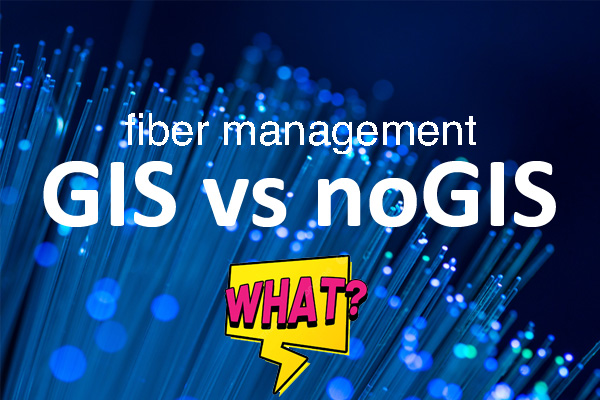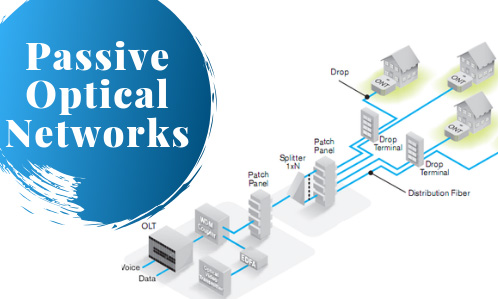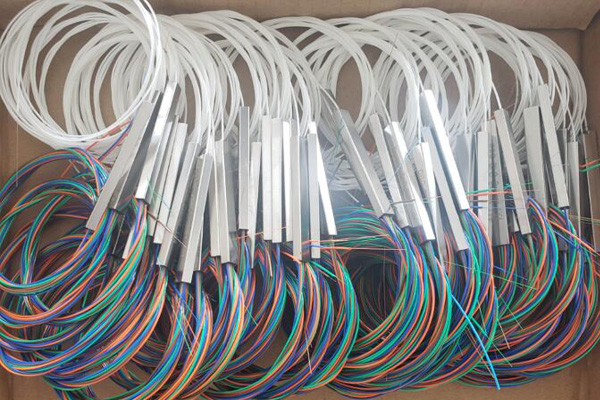When working with fiber splice diagrams, and broadly speaking with any kind of fiber optic network design or mapping, one runs into a problem of fiber color codes (fiber color charts).
When designing a network from scratch and you don’t know what particular cable types will be used in the field – then what fiber color code to use? Apparently I use the most widely used fiber color chart used in the country I am working with. It’s an important clause as I used to work as a network engineer for customers on all five continents. This is pretty straight forward for instance in the US as there’s TIA-598-C color chart, and many of my customers believed it is the only fiber colour chart in the world.
Though it’s not a remedy, as there are countries with a vast amount of used color codes, not only strand color codes, but tube color codes as well. Here’s an example. In post-soviet countries there is no certain government standard for color codes. Okay, there is one, pretty outdated, but it is not mandatory and is kind of advisory nature. So every fiber cable factory, and there’s a huge amount of them, produces fiber cables with its own strand color code. More of that – some factories produce fiber cables with 2 or 3 different color codes. Not mentioning that in fact customer can order any kind of “custom” strand color code. I once tried to count them manually, carefully picking datasheets from all factory’s web-sites and gave up when counted to 18. Eighteen different fiber color codes!
But that’s not all. A commonly used TIA-598-C standard has the same tube color scheme as the strands have. Some other standards have different approach and use just 3 colors for the tubes, no matter how many of them you get, a so called directional code.
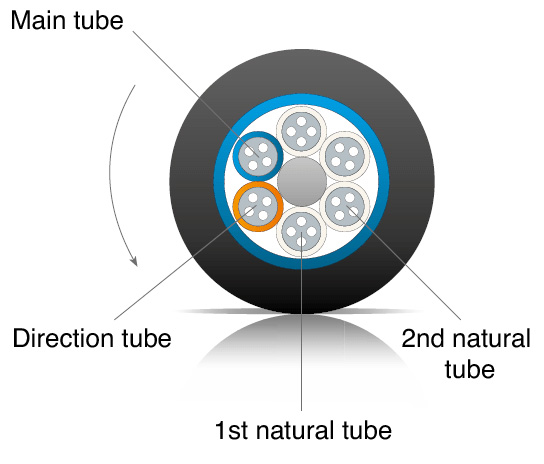
So as the tubes are positioned in the shape of a ring, blue module is always the first one you start counting from. Orange tube is the second one and it sets the direction of counting. All the remaining tubes are typically color-less and have “natural” color. This tube color code is used to save paint.
How do we handle this? When you create a fiber cable in splice.me, you simply select the appropriate fiber color chart from a list, wasting a single mouse click. As simple as that.
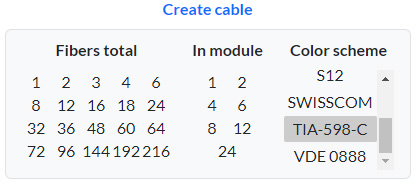
And finally you can choose from these 7 most widely used fiber optic cable color codes.
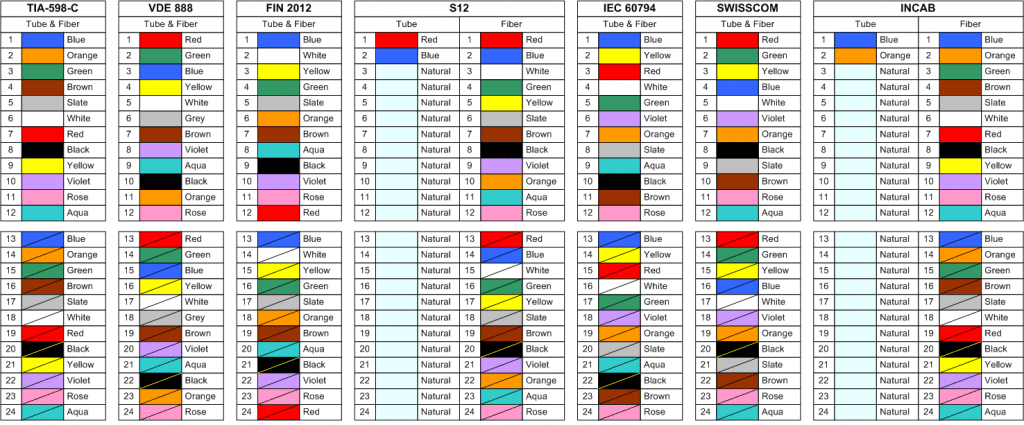
What should you do if you want to use something else? Just shoot us a letter via email or through the contact form, we will add it to splice.me.
Don't hesitate! Start using splice.me
Create, manage, control all your fiber splicing in one place, fast and easy

